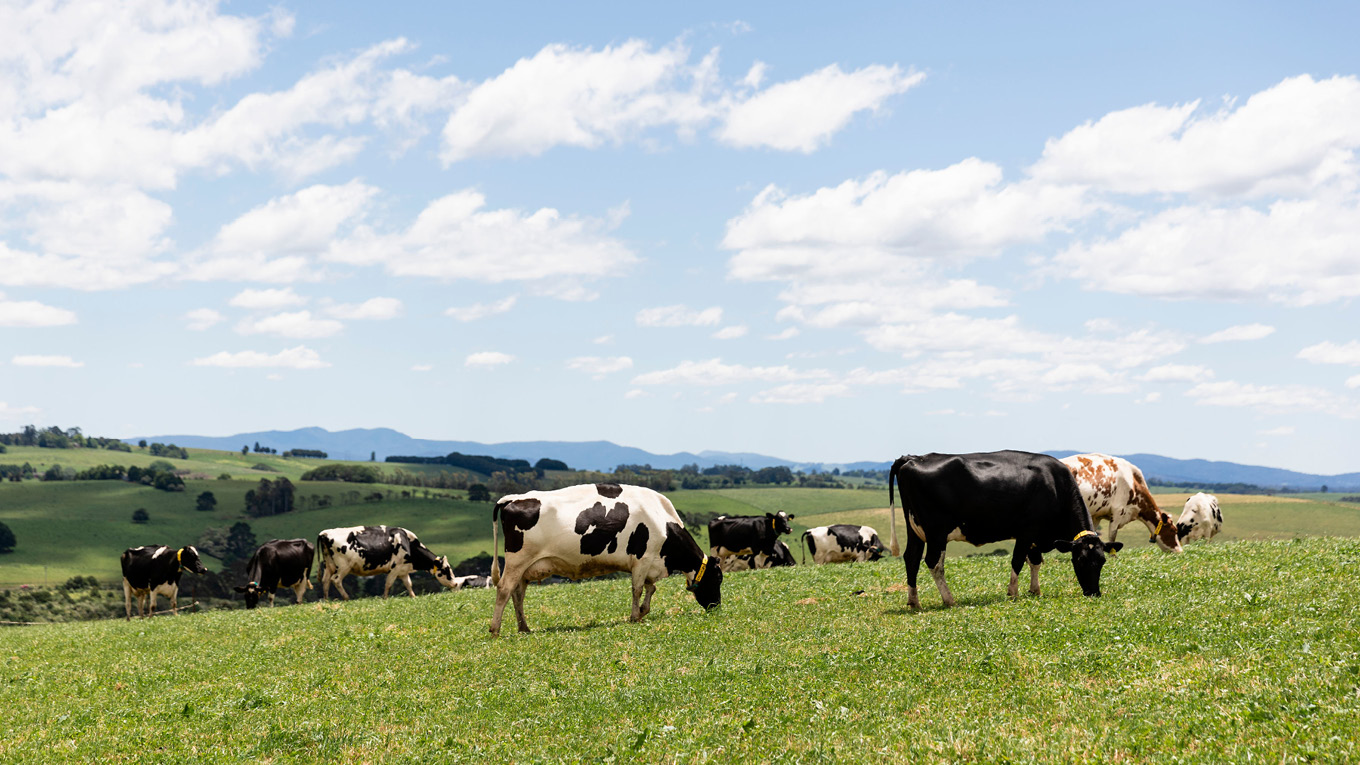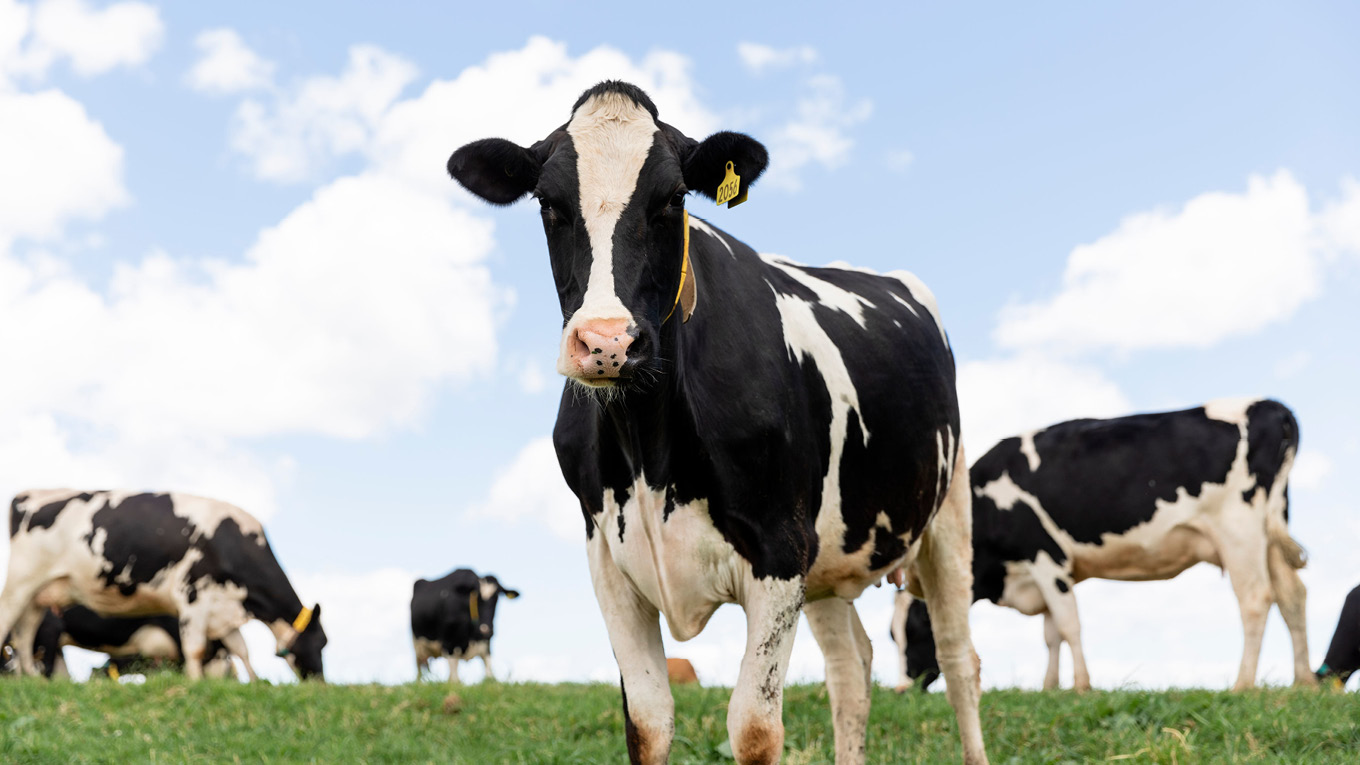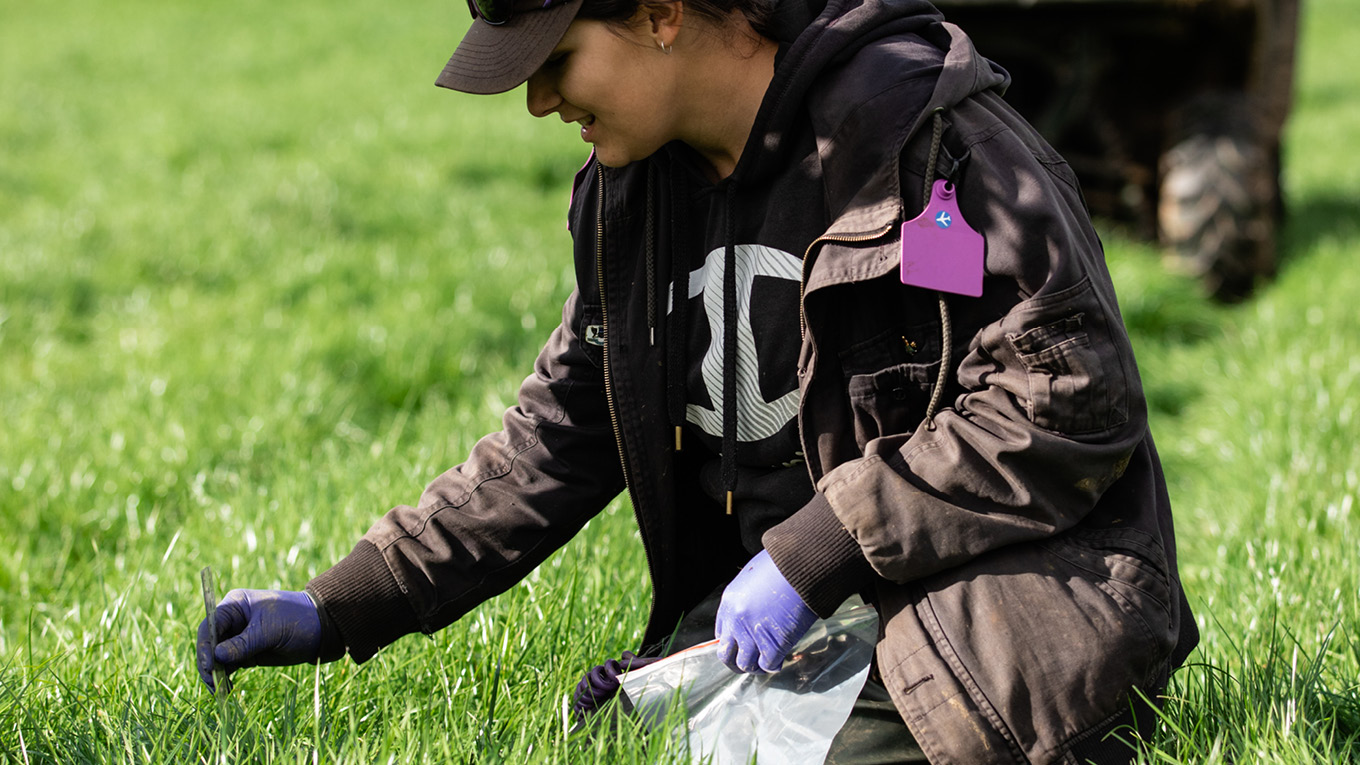Tall Fescue
Tall fescue has had limited adoption by Australian dairy farmers because of issues of low nutritive value and palatability associated with older cultivars. However, new cultivars and a better understanding of its management means dairy farmers in southern Australian could reassess the potential of tall fescue in their farming systems.
In addition, tall fescue cultivars are currently being evaluated and will form part of a new Forage Value Index for tall fescues in the near future.
The 3030 Project undertook research into how new tall fescue cultivars might complement perennial ryegrass in terms of production and adaptation to stressful environments. Some of the key learnings from this research are:
- Tall fescue has greater summer growth than perennial ryegrass, with at least a similar nutritive value
- Grazing of tall fescue needs to be more strictly managed than perennial ryegrass to achieve its potential nutritive value
- Tall fescue is better adapted to hot and dry conditions than perennial ryegrass due to its deeper root system and higher temperature ceiling. This gives it a potential role in low-rainfall regions
- Tall fescue can grow in less fertile soils, is tolerant to a wider range of pH and waterlogging conditions, and can achieve higher persistency than perennial ryegrass
- There is a clear need for further research into tall fescue management, including responses to nitrogen fertiliser and grazing management
More information is available in the tall fescue fact sheet.
-
tall fescue factsheetPDF, 1.22 MB


